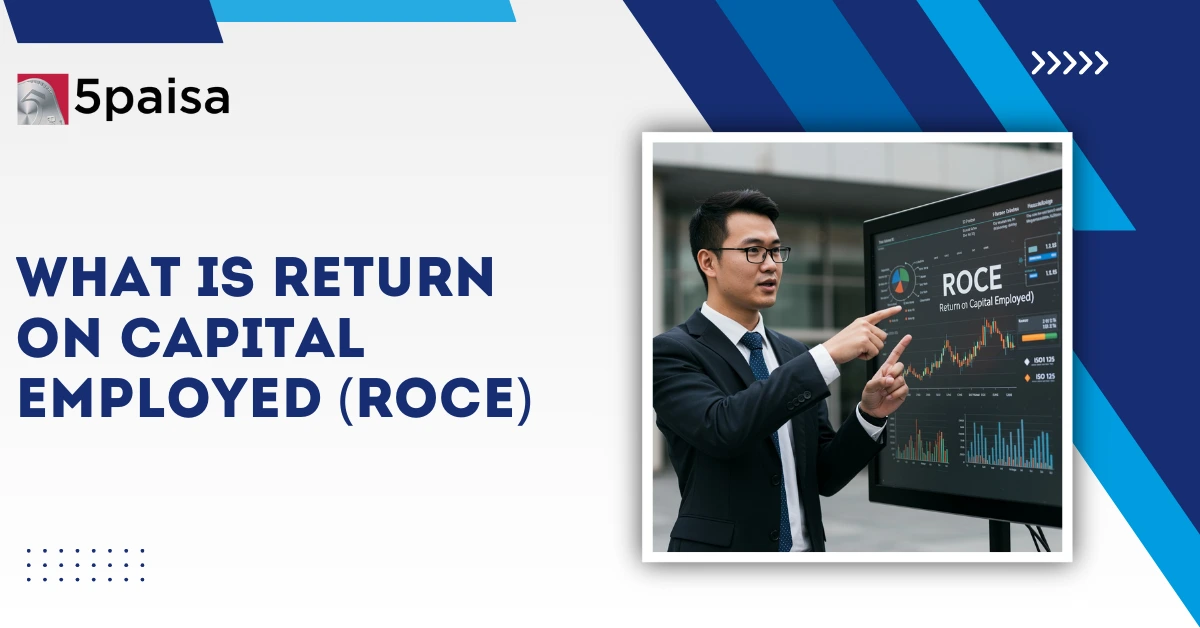Content
- Calculation of Return on Capital Employed (ROCE)
- Formula of ROCE
- Example of ROCE Calculation (Retain)
- ROCE Importance and Limitations
- Limitations
- Factors that Affect ROCE
- Conclusion
ROCE indicates how well a company is generating profits from the total capital employed in its business operations, including both debt and equity financing. When assessing a company's investment prospects, investors frequently use the return on capital employed statistic as their key profitability ratio. This ratio is frequently seen as a useful instrument for assessing a company's investment attractiveness by evaluating the returns produced from the capital invested in its activities.
More Articles to Explore
- Difference between NSDL and CDSL
- Lowest brokerage charges in India for online trading
- How to find your demat account number using PAN card
- What are bonus shares and how do they work?
- How to transfer shares from one demat account to another?
- What is BO ID?
- Open demat account without a PAN card - a complete guide
- What are DP charges?
- What is DP ID in a demat account
- How to transfer money from demat account to bank account
Disclaimer: Investment in securities market are subject to market risks, read all the related documents carefully before investing. For detailed disclaimer please Click here.
Frequently Asked Questions
A higher return on capital utilized suggests a more efficient firm, at least in terms of capital employed, even though there is no industry standard. But, as cash is part of total assets, a higher number would suggest a company with a lot of cash on hand. Large sums of money may therefore occasionally skew this figure.
Yes, a 100% Return on Capital Employed (ROCE) is excellent, indicating highly efficient capital usage. However, sustainability matters, and sectors with low capital needs (like IT) may naturally have higher ROCE than capital-intensive industries.
ROCE measures profitability concerning total capital employed, including debt, whereas Return on Investment (ROI) focuses on returns relative to investment costs, often considering only equity. ROCE is preferred for capital-intensive businesses.
Companies in asset-light sectors like FMCG (HUL, Nestlé India) and IT (TCS, Infosys) often have high ROCE. However, cyclical industries may show fluctuating ROCE based on business cycles.



